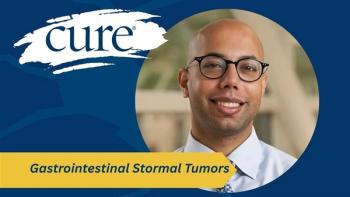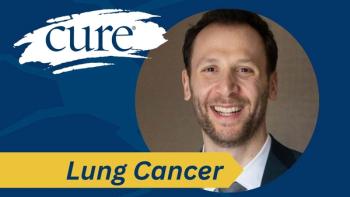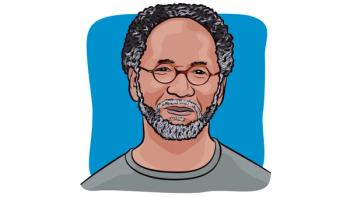
Can Exercise Improve Cancer Survival After Treatment?
A study found exercise after treatment boosts cancer survival, prompting experts to call for structured movement as a standard part of survivorship care.
A study published in The New England Journal of Medicine confirmed what rehabilitation specialists have long believed: exercise after treatment can improve cancer survival, not just restore strength. Five years after diagnosis, 80.3% of patients in the structured exercise group remained disease-free, compared with 73.9% who only received standard health education materials.
In a video interview with CURE, Maureen McBeth — senior medical affairs liaison with ImpediMed and an expert in cancer rehabilitation and survivorship care — explained the science behind these findings and why movement should be seen as medicine.
She said exercise acts almost like a treatment itself, reducing inflammation and fatigue through the release of myokines — molecules from muscles that support whole-body health. Even light activity can trigger this response, improving energy and well-being.
Transcript
Can you explain in simple terms why exercise has such a powerful impact on long-term cancer outcomes?
The study was done with patients who had high-grade stage 2 or stage 3 colon cancer. Believe it or not, 20 years ago there was evidence suggesting that exercise could help, but what researchers really needed was a randomized controlled trial. That’s what makes this study so important — it actually divided patients into two groups. One group received standard care, which meant they were simply encouraged to be more physically active. The other group participated in a structured exercise program with instructors and classes, rather than just being handed a pamphlet.
The outcomes were impressive. Everyone expected to see some benefit, but we didn’t realize just how strong the effect would be. The benefit from exercise was comparable to giving patients an actual treatment, like chemotherapy. That’s how powerful it is — almost like a drug.
As for why exercise works this way, there are several hypotheses. One key idea involves something called myokines. Most people have heard of cytokines — especially during COVID, when we talked about cytokine storms. Cytokines are signaling molecules released in the body, and our muscles actually release a special kind called myokines.
These myokines act as messengers that travel throughout the body — to the brain, heart and other organs — helping to control inflammation and fatigue. This may be why exercise improves energy levels. It’s amazing to think that movement can trigger this kind of response almost immediately, not just over time.
If you’re feeling tired and think you should rest, that’s often the worst thing to do. Even light movement can stimulate the release of myokines that make you feel better — sometimes within minutes. That’s really the key takeaway: exercise provides both immediate and long-term benefits, and it doesn’t have to be intense — simple movement counts, too.
Transcript has been edited for clarity and conciseness.
For more news on cancer updates, research and education,





